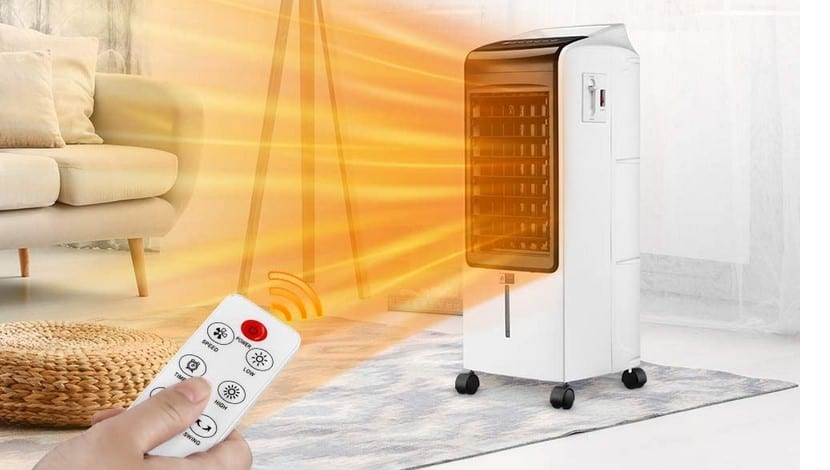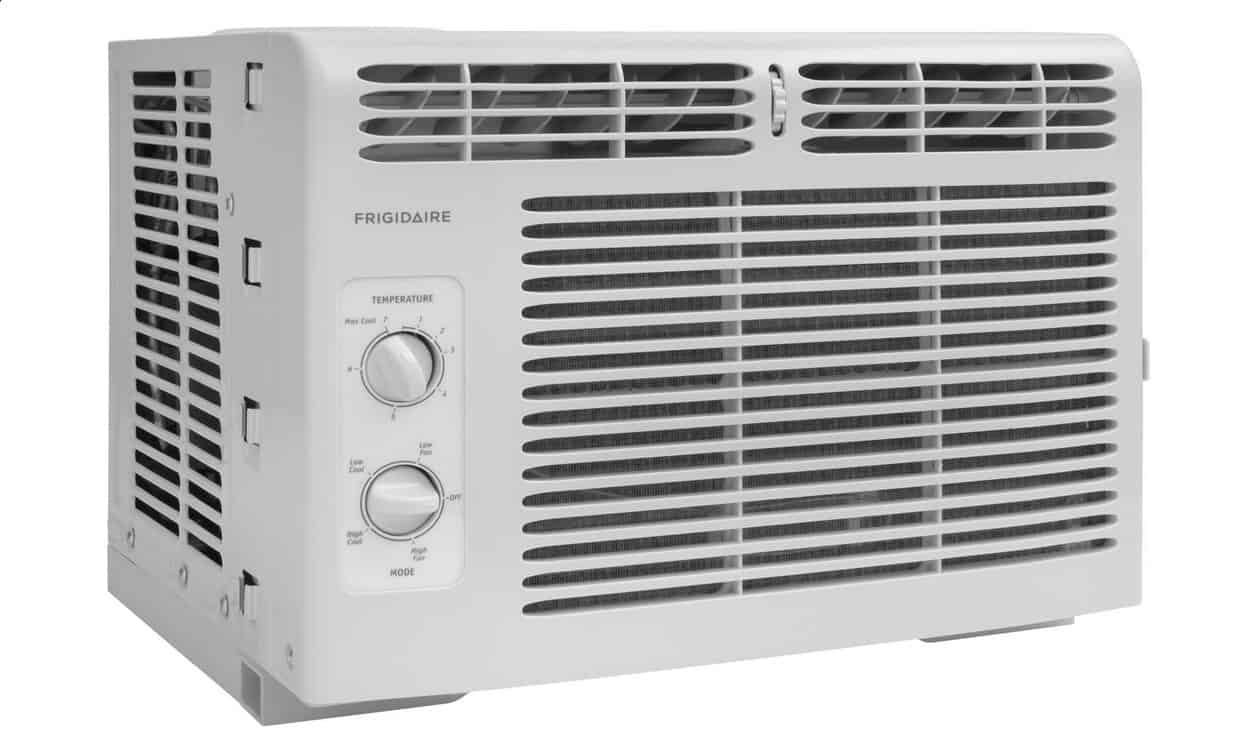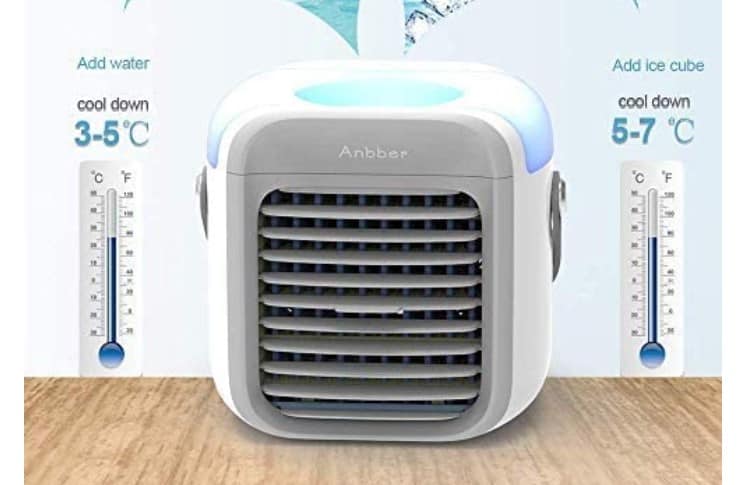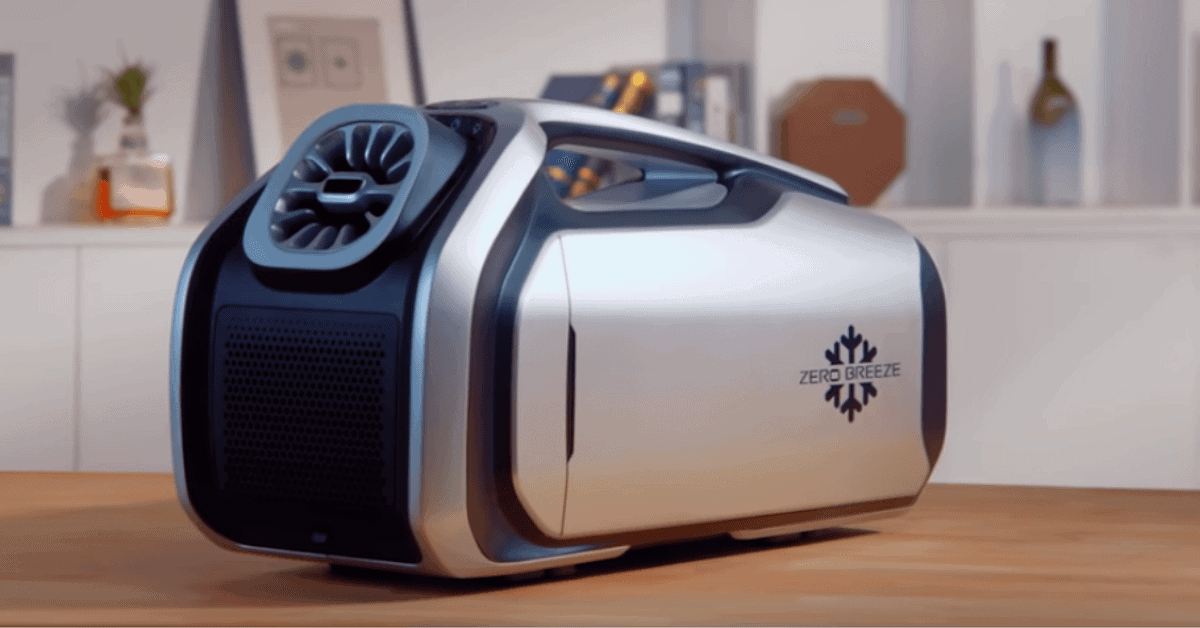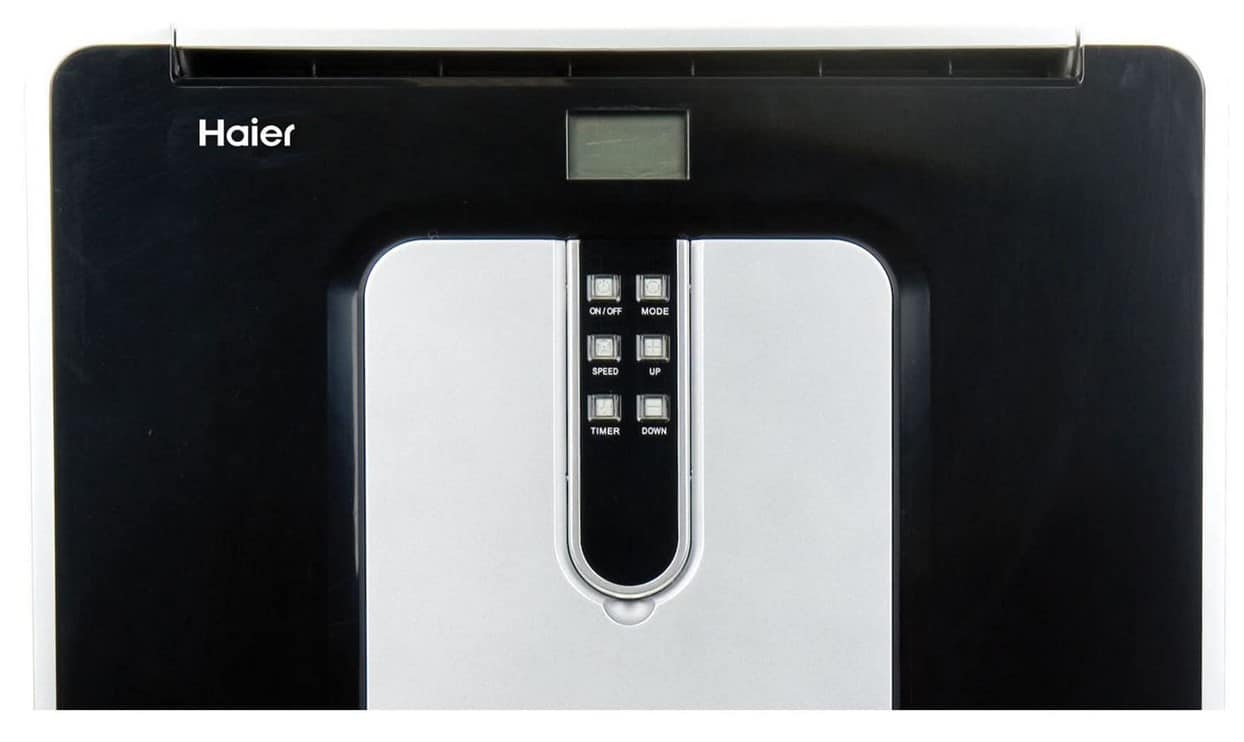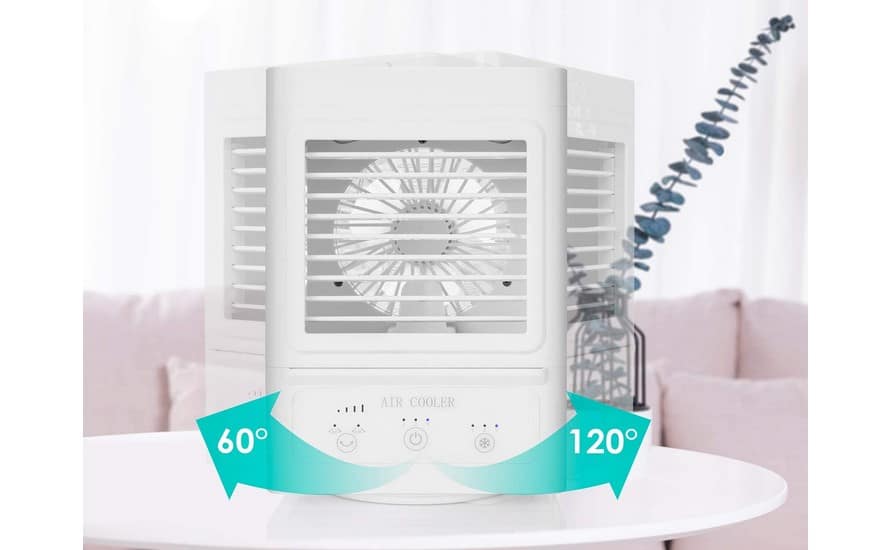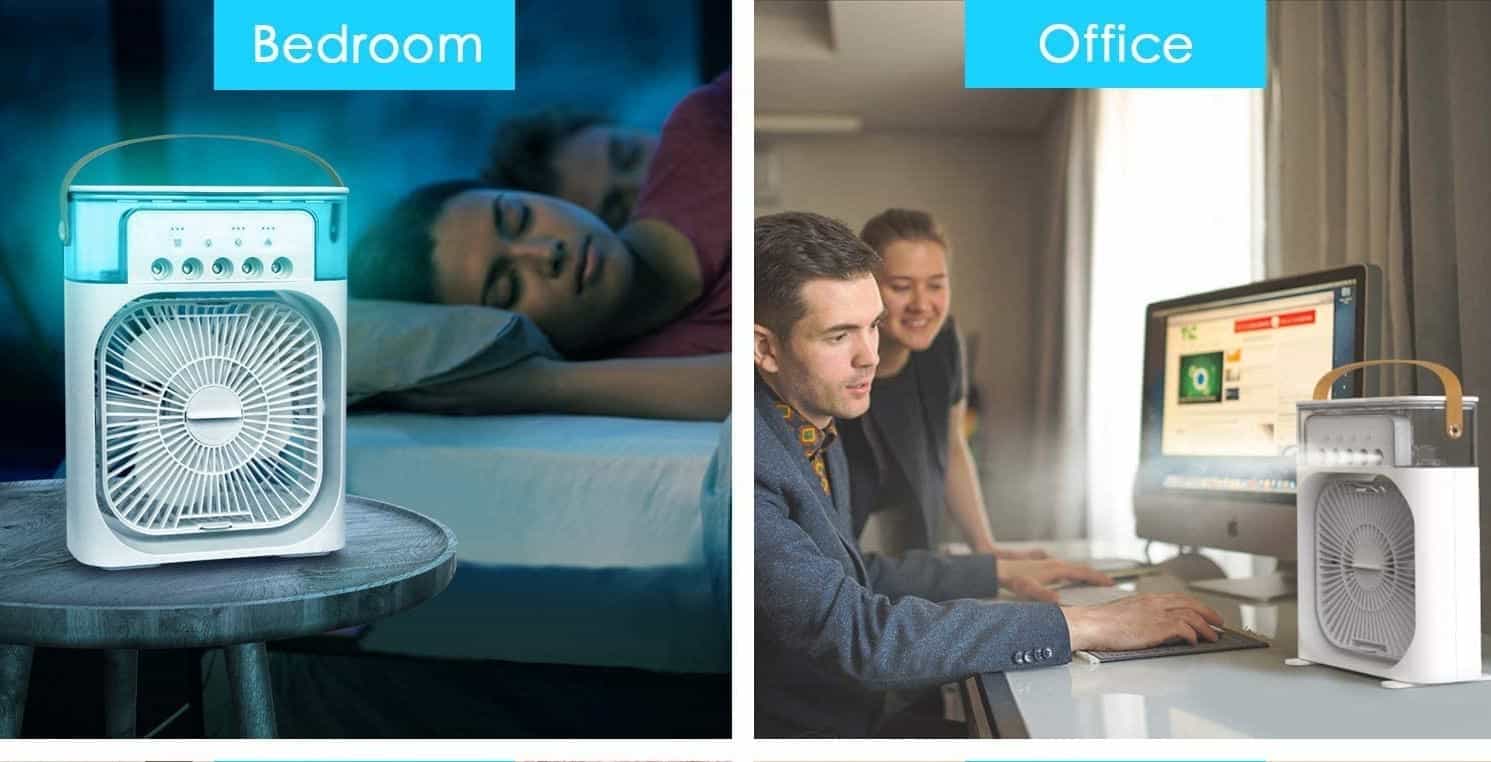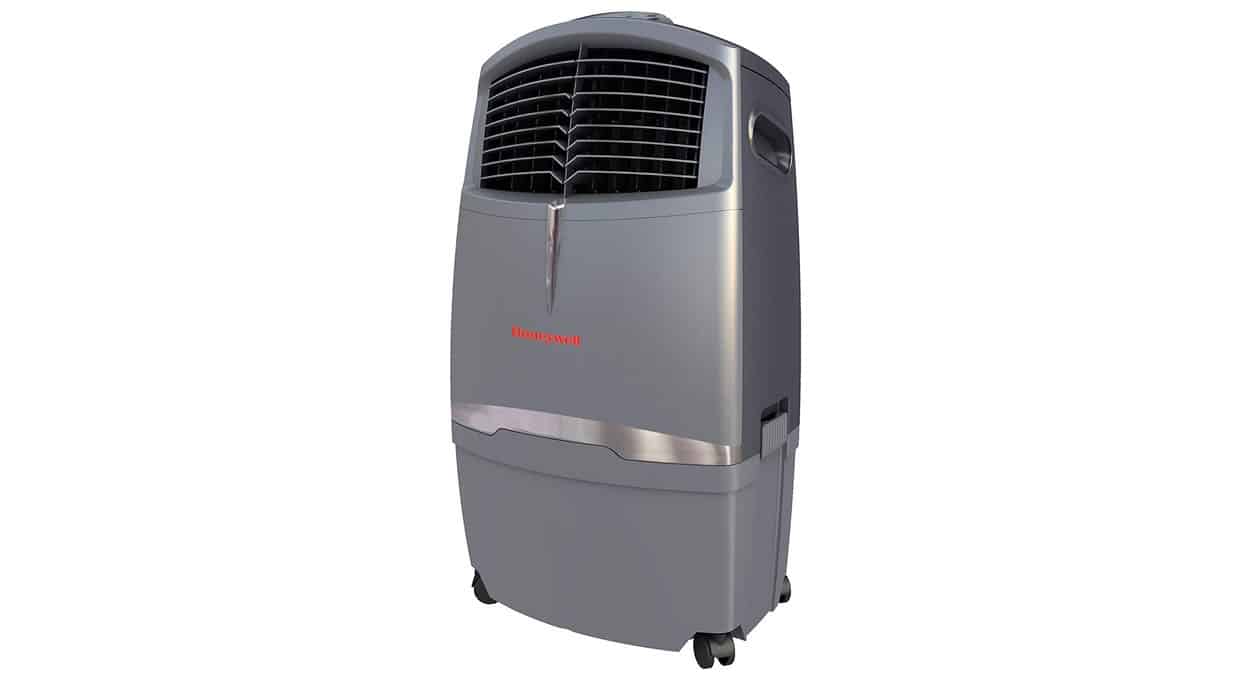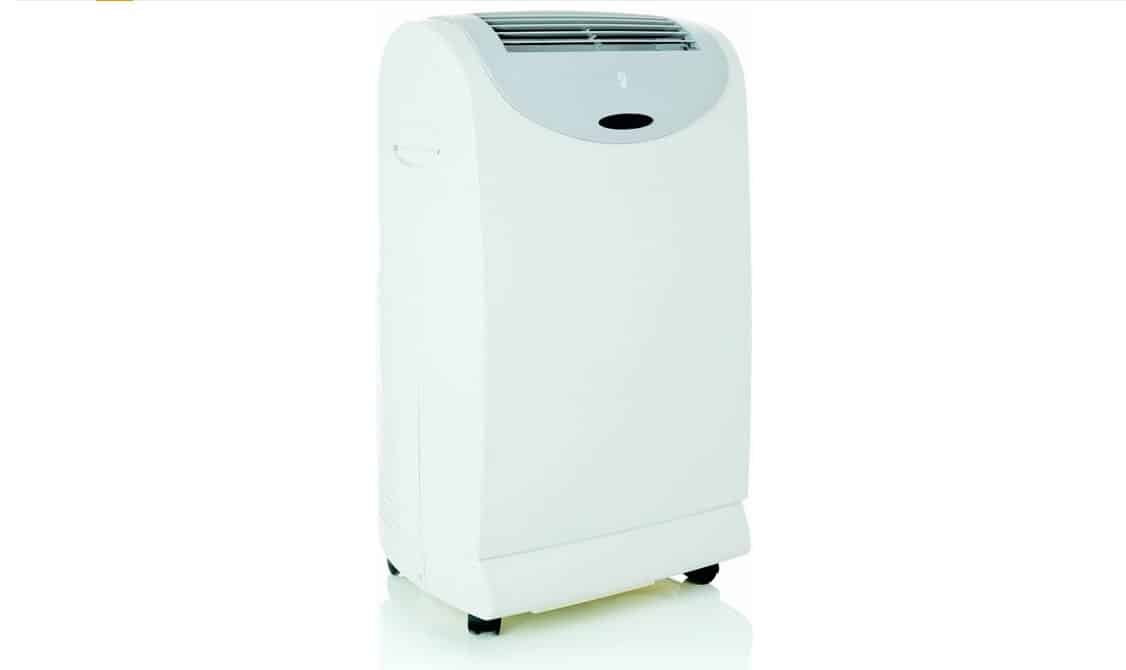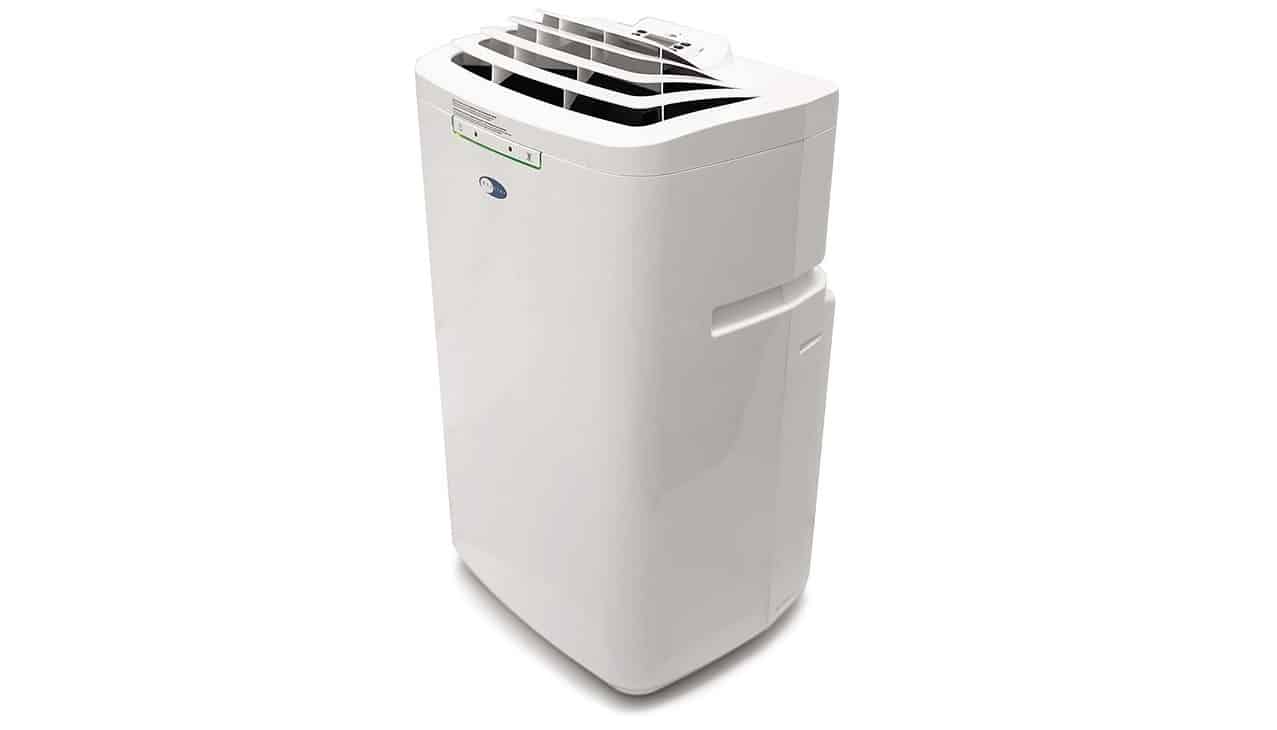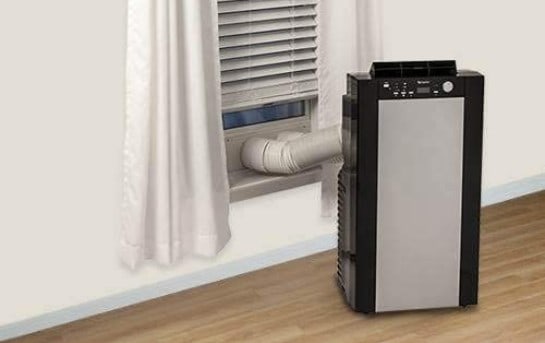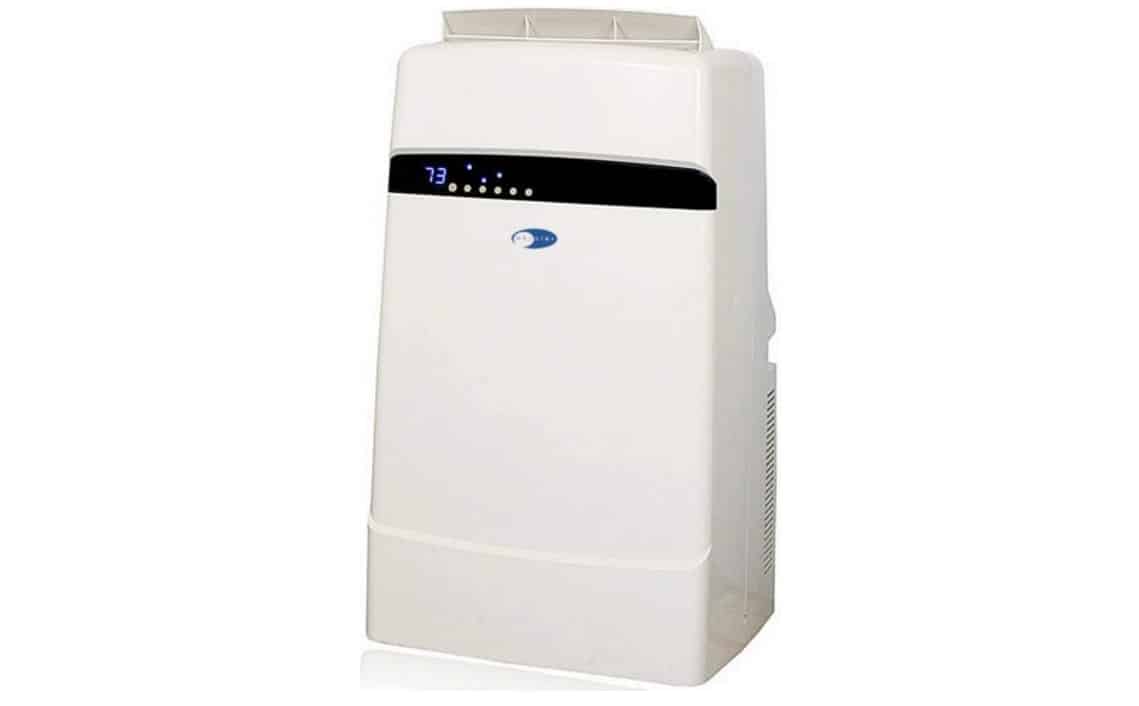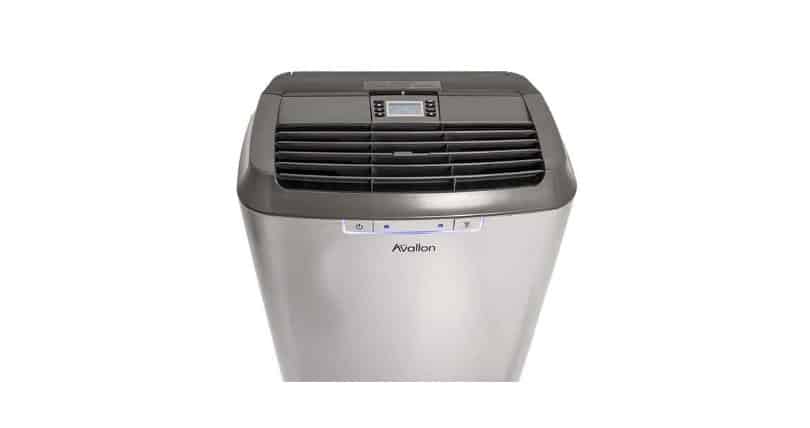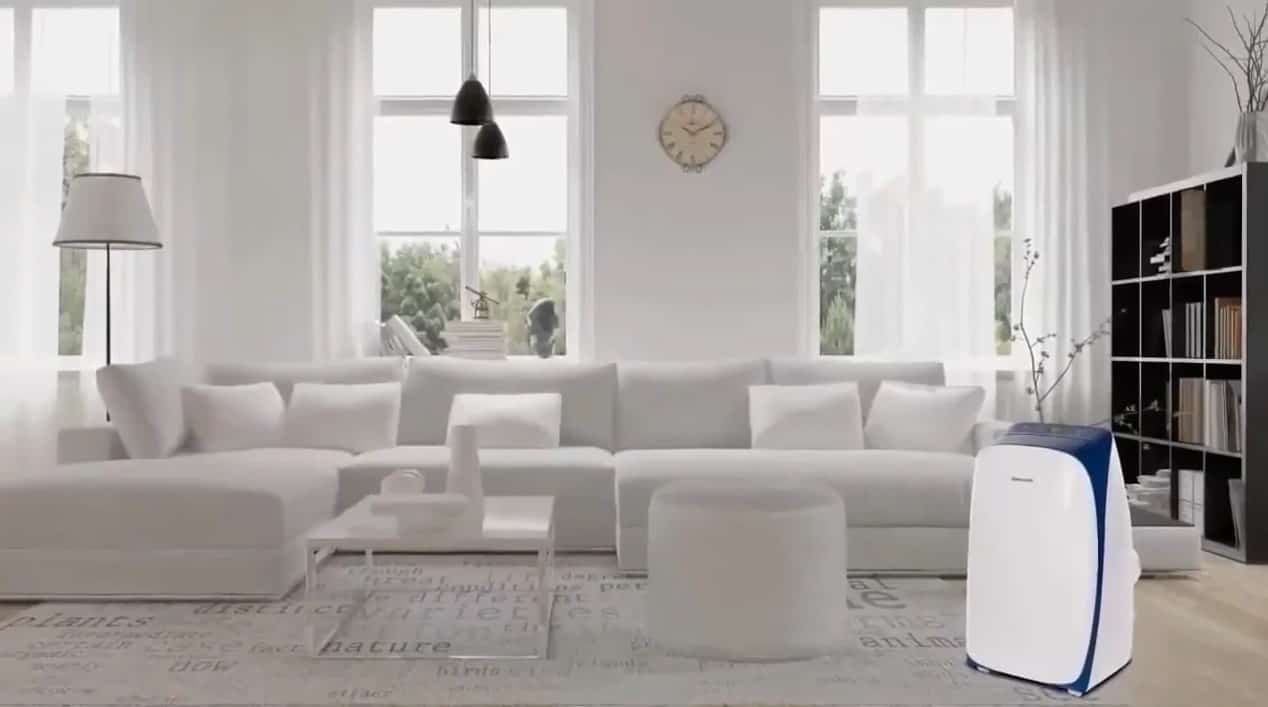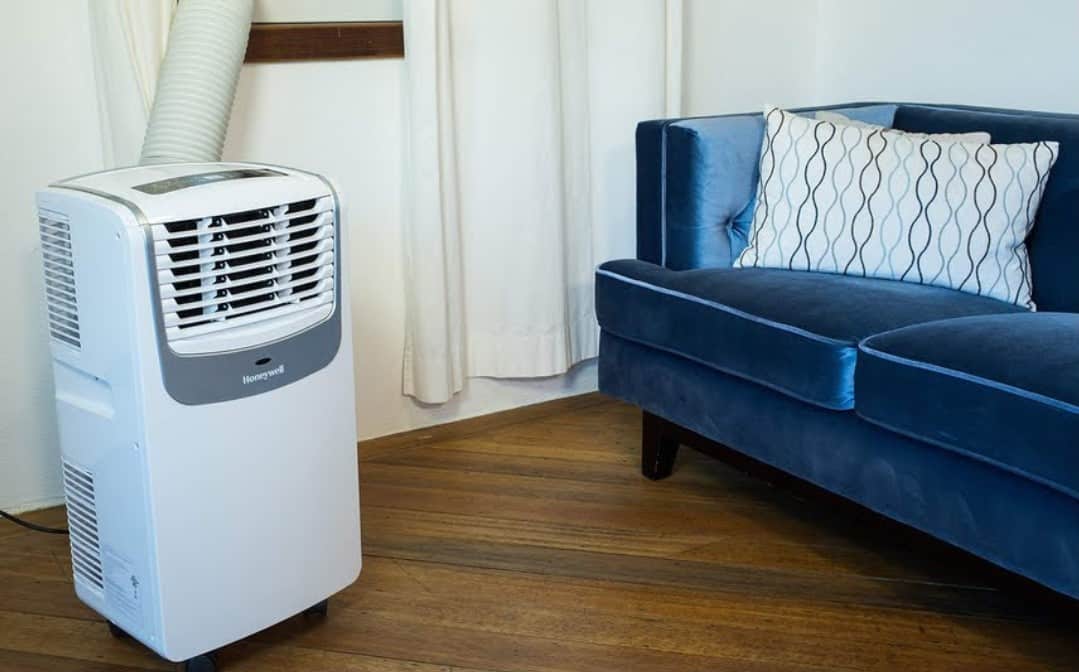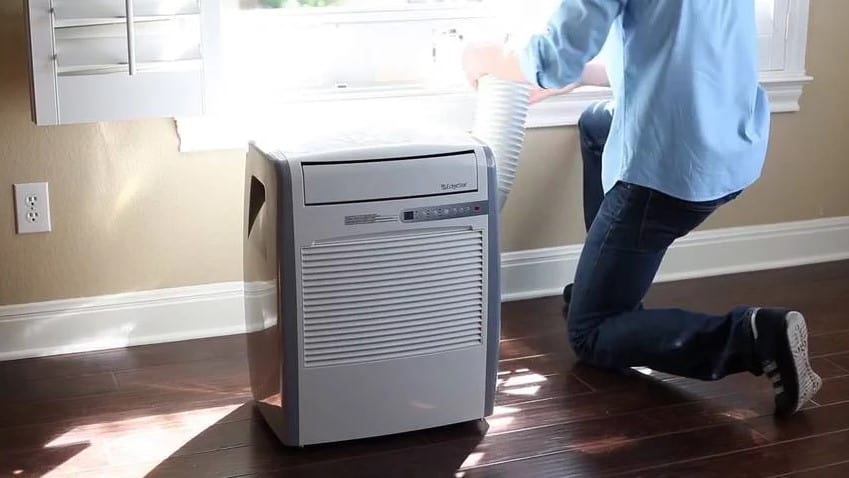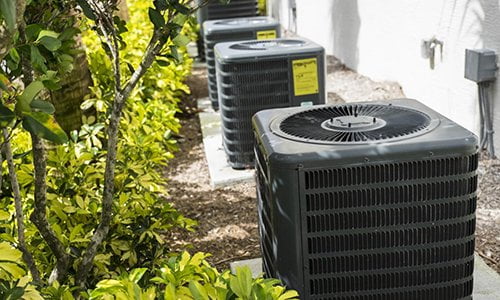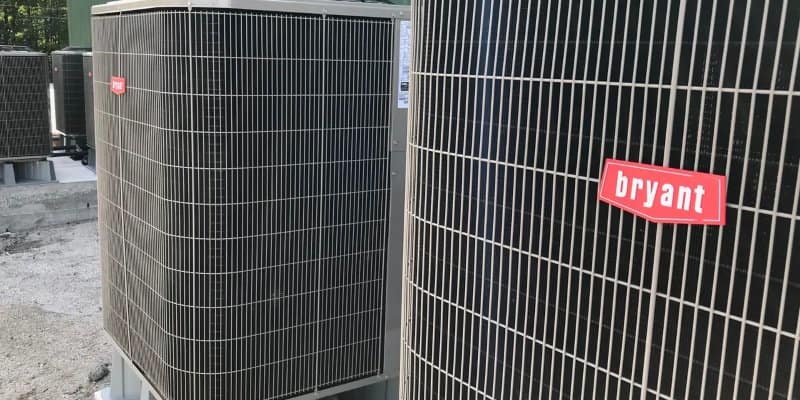If you’re looking at air conditioner systems and debating on a VRF vs split AC, and even Voltas vs Daikin A/Cs, there are several differences to be aware of. The best air conditioner for your home, like a top-rated ductless mini-split A/C, or commercial building will depend on factors like the number and size of rooms, the climate you live in, and, of course, your budget.
KEY TAKEAWAYS:
- VRF air conditioning systems are usually better for commercial spaces with more square footage than most homes.
- Split air conditioners are generally ductless and thus better for residential spaces with less infrastructural space. Compare a mini-split air conditioner vs a single split to see for yourself.
- A VFR system with heat recovery can simultaneously heat and cool different spaces in the same building, while split systems typically can’t.
While you’re looking at your options to decide which air conditioner to choose, you may want to look into split vs. packaged air conditioner systems as well. You could also check out the pros and cons of single-stage vs. two-stage air conditioners
Insider Tip
Upgrading your compressor unit can help make a VRF system up to 50% more effective in terms of cooling power.
The Differences Between VRF and Split Air Conditioners
Variable Refrigerant Flow (VRF) and split air conditioning systems are two common types of HVAC that are used in both commercial and residential buildings, but there are significant differences in their cost, efficiency, cooling power, and installation that make one a better choice than the other depending on your needs.
Cost
While VRF systems boast a lot of cooling power, they’re significantly more expensive than split systems both at initial purchase and in installation cost, and only really become cost-effective for enormous spaces (like office buildings) of 10,000-80,000 square feet. Split systems will do a decent job even for somewhat large spaces but are overall better suited to small and medium-size rooms with lower operational costs. On the balance, split systems have the edge here.
Cooling Power
VRF systems unquestionably have the edge when it comes to cooling power since they’re primarily made for larger commercial spaces. They’re also more versatile since they are capable of simultaneous heating and cooling of different rooms, something split systems usually can’t do. But that power is only cost-effective in larger spaces.
Energy Efficiency
In terms of efficiency, in a general sense, VRF systems have the edge. They’re a more modern technology designed with efficiency and power in mind. That said, using a VRF in a space that’s less than 10,000 square feet isn’t cost-effective in terms of energy savings, so efficiency isn’t meaningful and energy bills will be higher without any real benefit. On the balance, though, you’ll want to go with VRF for efficiency.
Warning
VRF systems are more suited to larger commercial spaces than small residential spaces, where their superior power and performance would be wasted and not cost-effective.
F.A.Q.S
What’s the monthly energy cost of a VRF system?
It varies with use, but the average VRF system costs about $18 per square foot per month in energy costs. A code-minimum set-up can be cheaper, though, at around $12-15 per square foot.
Where are VRF HVAC systems generally used?
Because of their high cooling capacity and increased initial costs, VRF systems are mostly used in large commercial building applications. This includes retail spaces, office spaces, hotels, and medical facilities.
What’s a Variable Refrigerant Flow (VRF) system?
A VRF system (sometimes also called Variable Refrigerant Flow Control) uses a single compressor but several smaller air handlers (also known as an air handling unit) to control airflow to each room individually in a space or building. This allows rooms to be cooled to different temperatures simultaneously, and if a heat pump is present, some rooms are heated while others are cooled.
How does a split AC system’s internal thermostat work?
The internal thermostat of a split system detects warm air, which activates its outdoor compressor component. The compressor then transmits refrigerant gas, which cycles into a liquid and is cooled, then evaporated again as cool air, which is piped into a room or multiple rooms.
STAT: VRF systems are between 20% and 30% more efficient than conventional HVAC systems. (source)

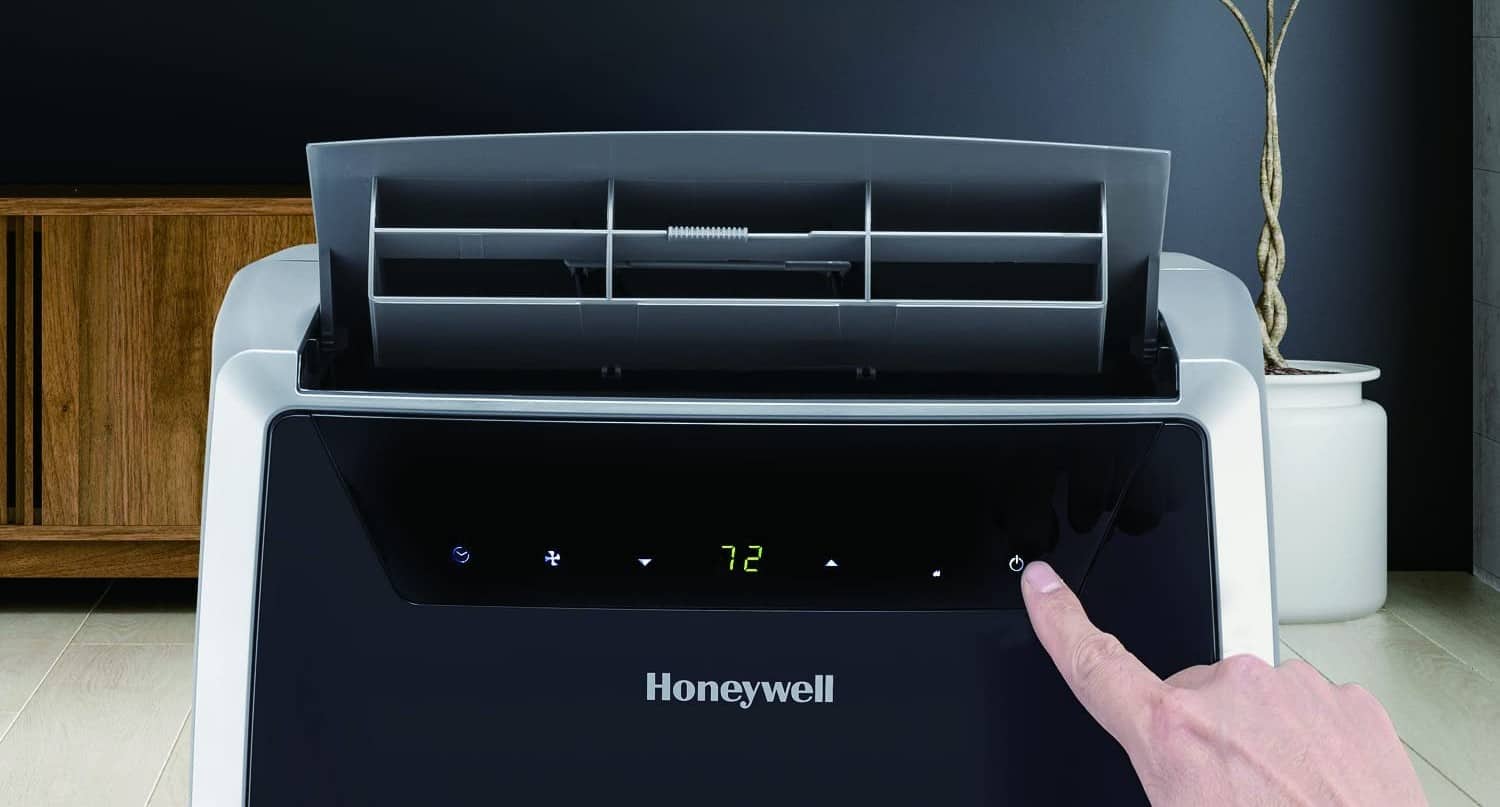













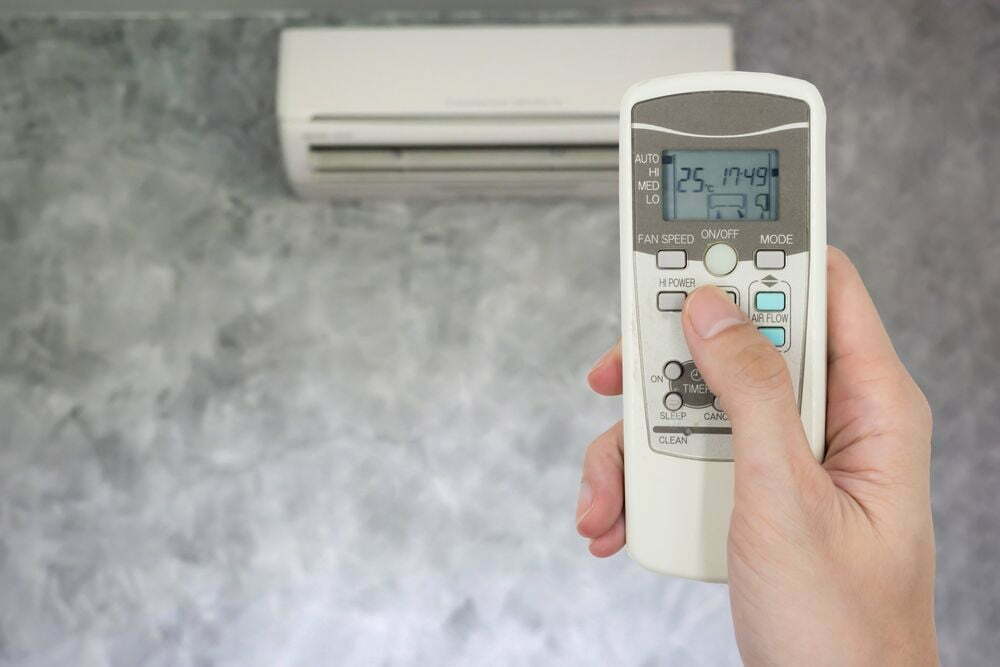
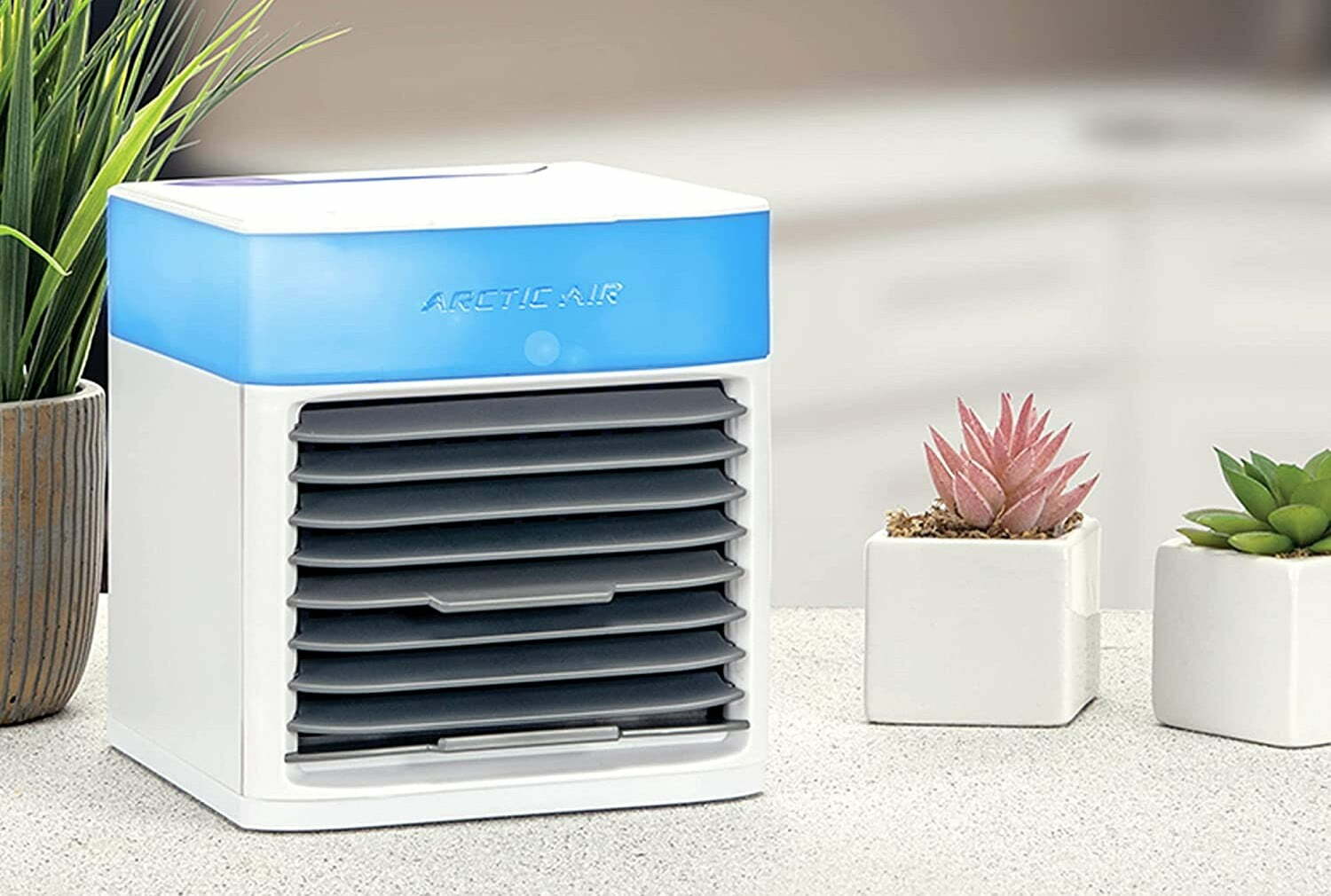
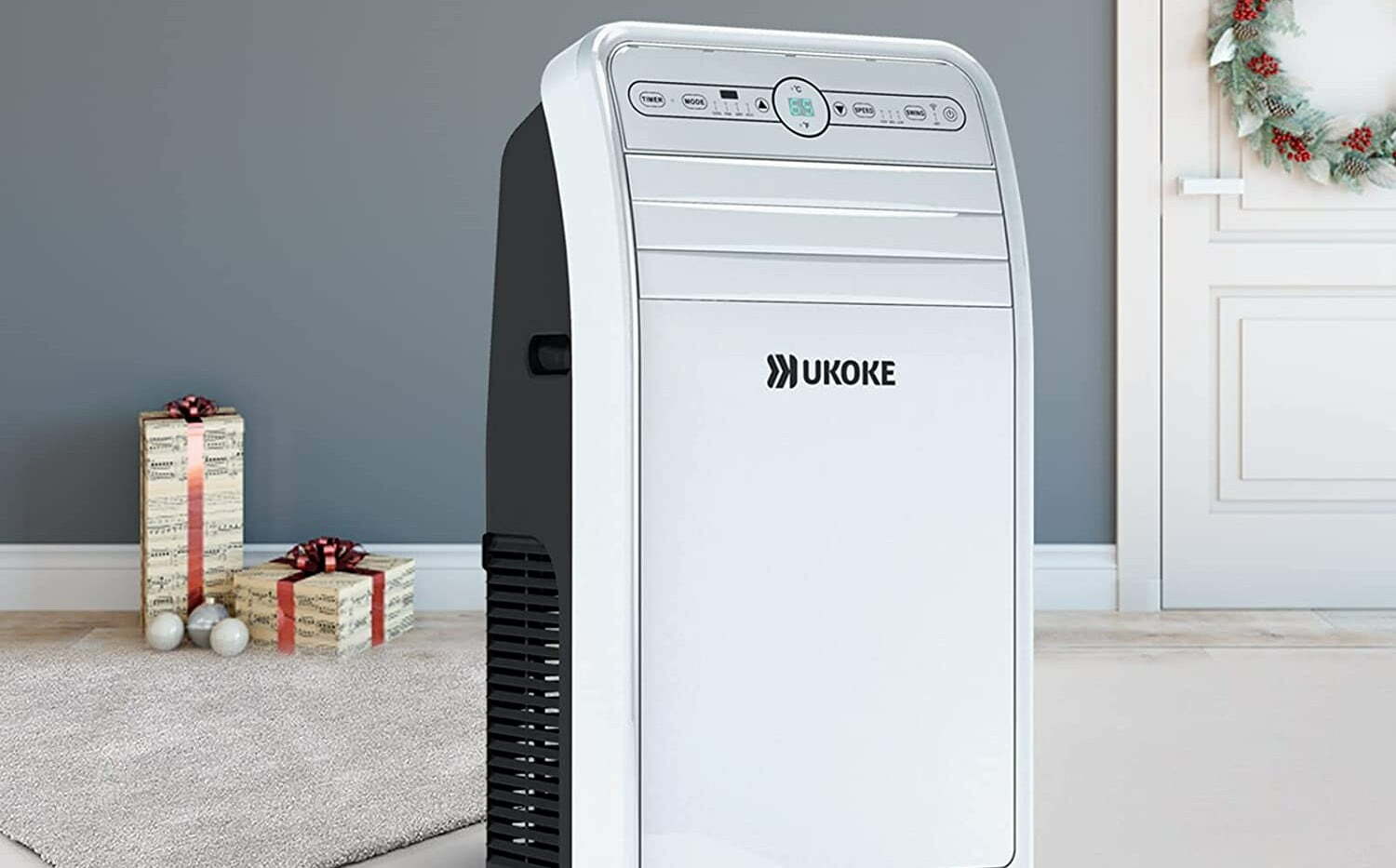
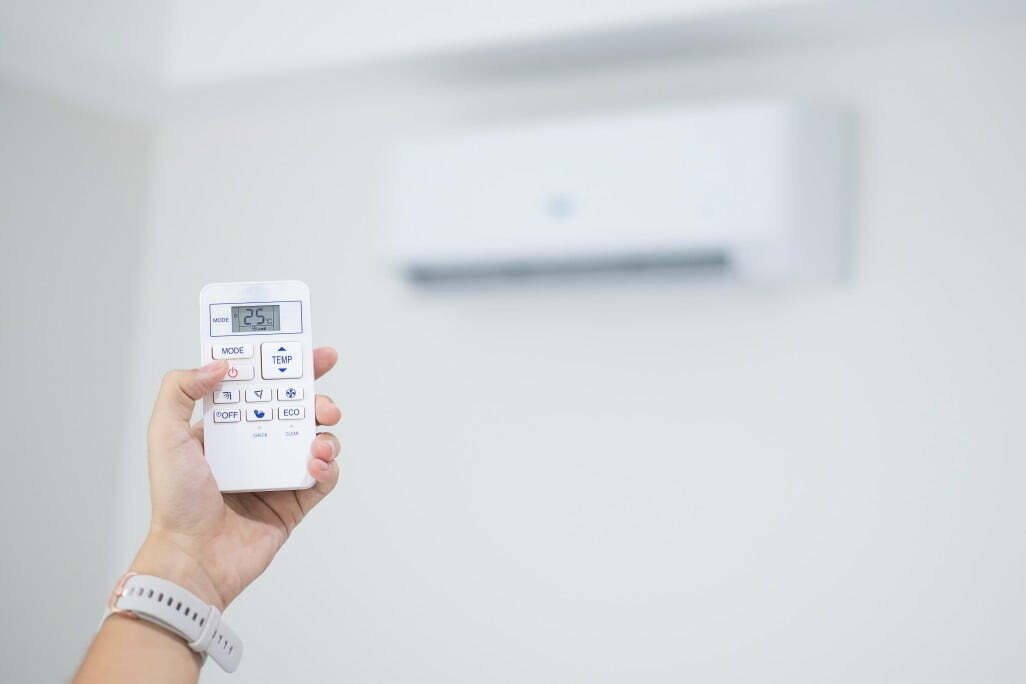
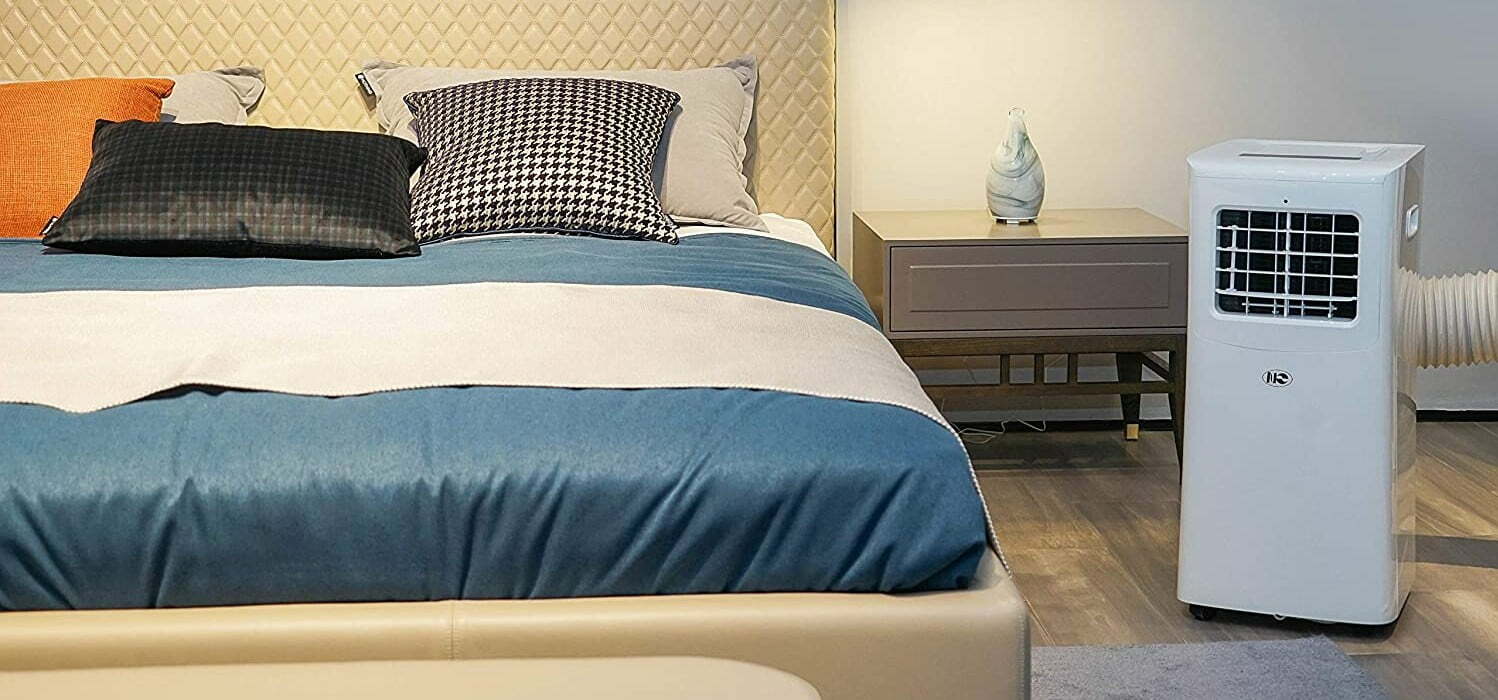
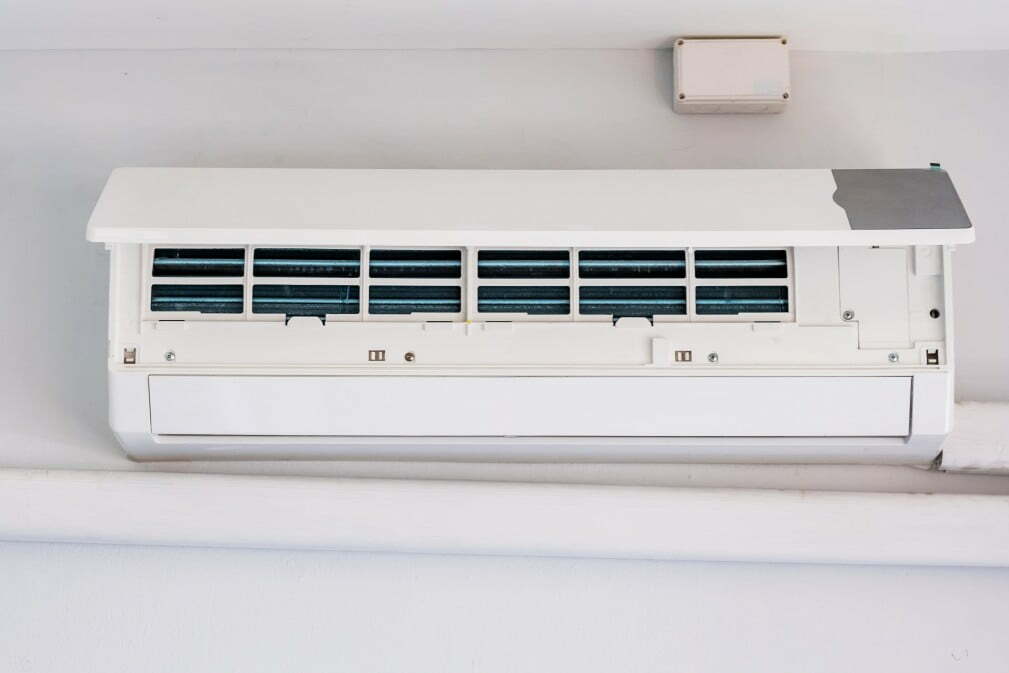
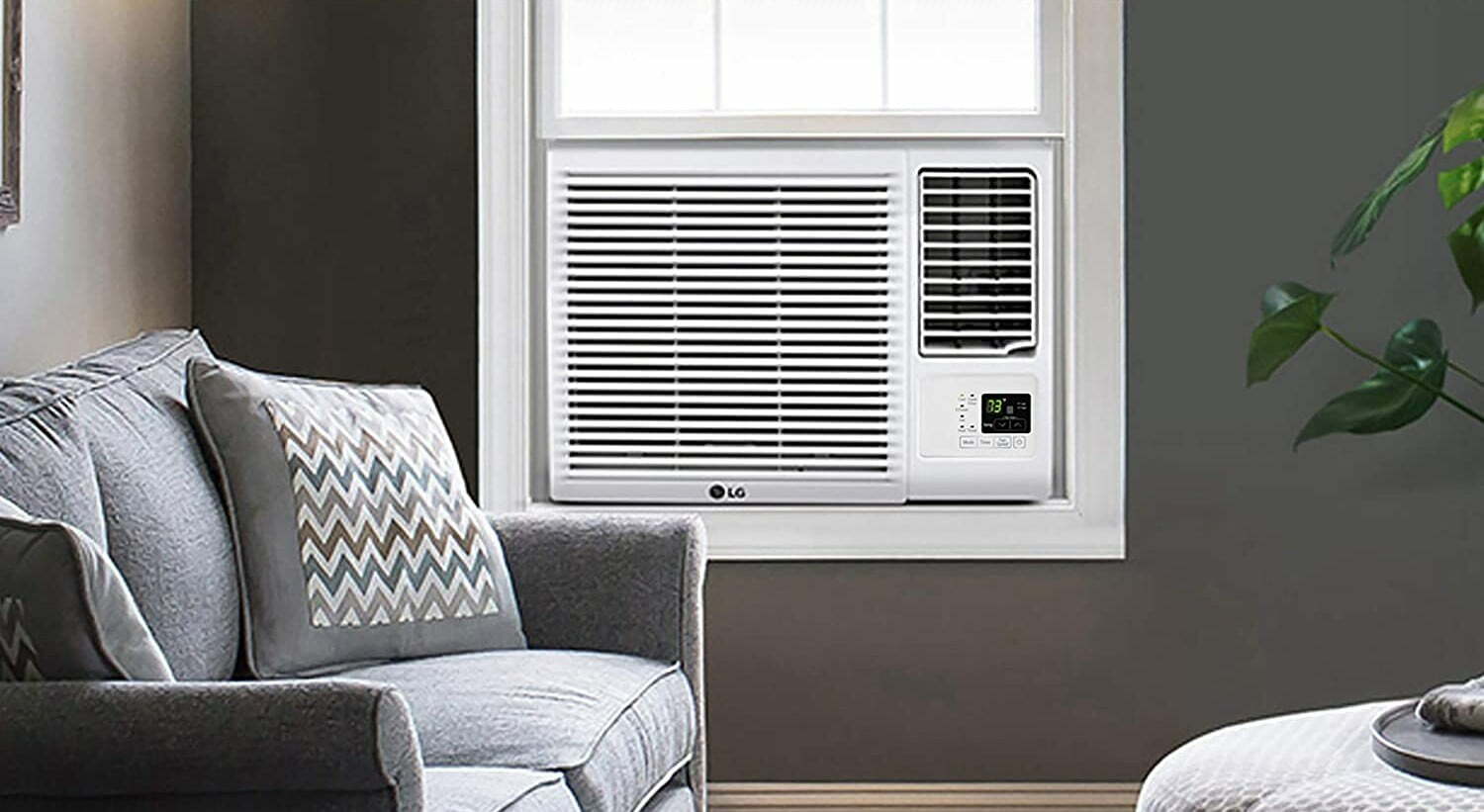
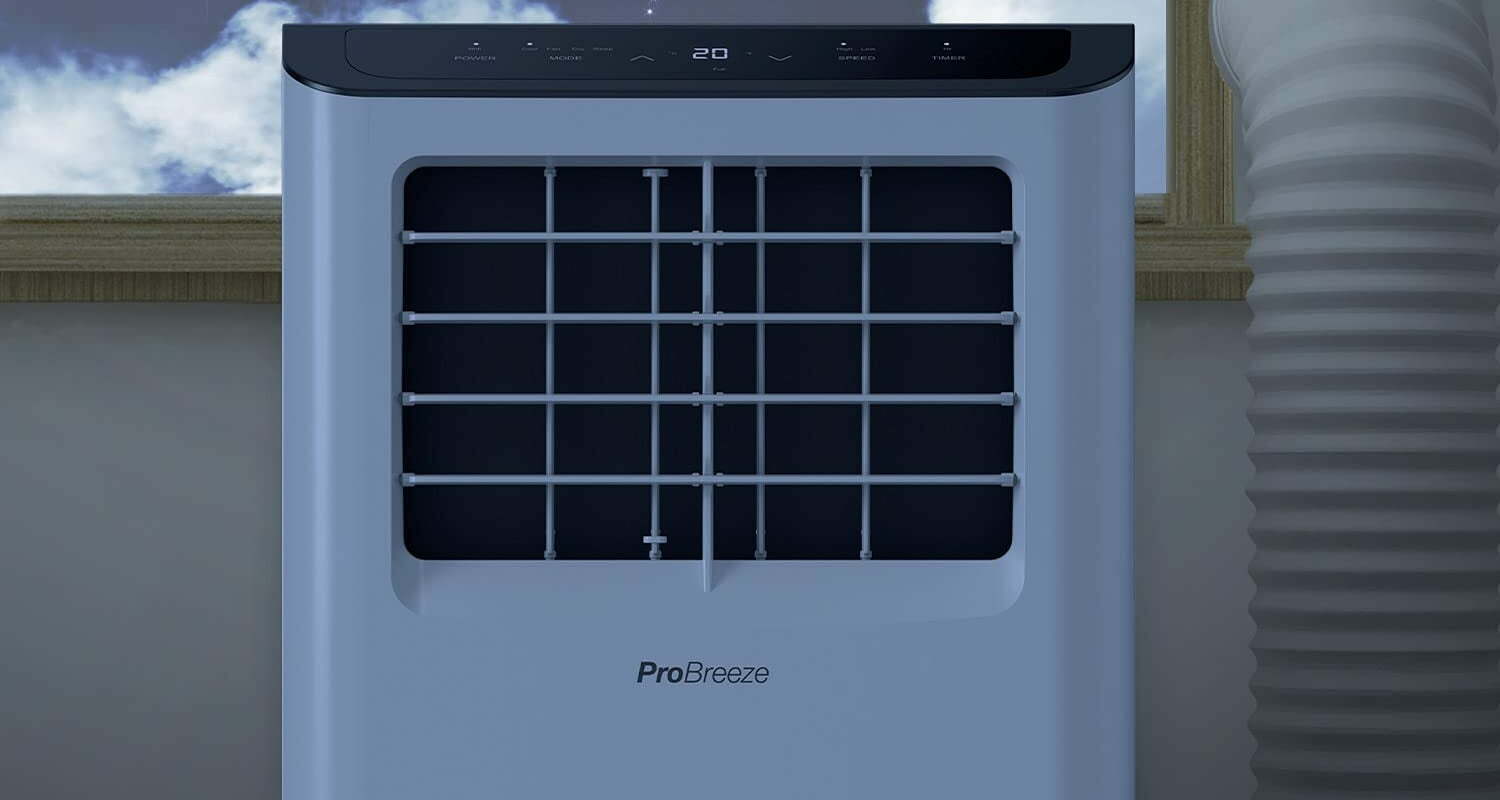

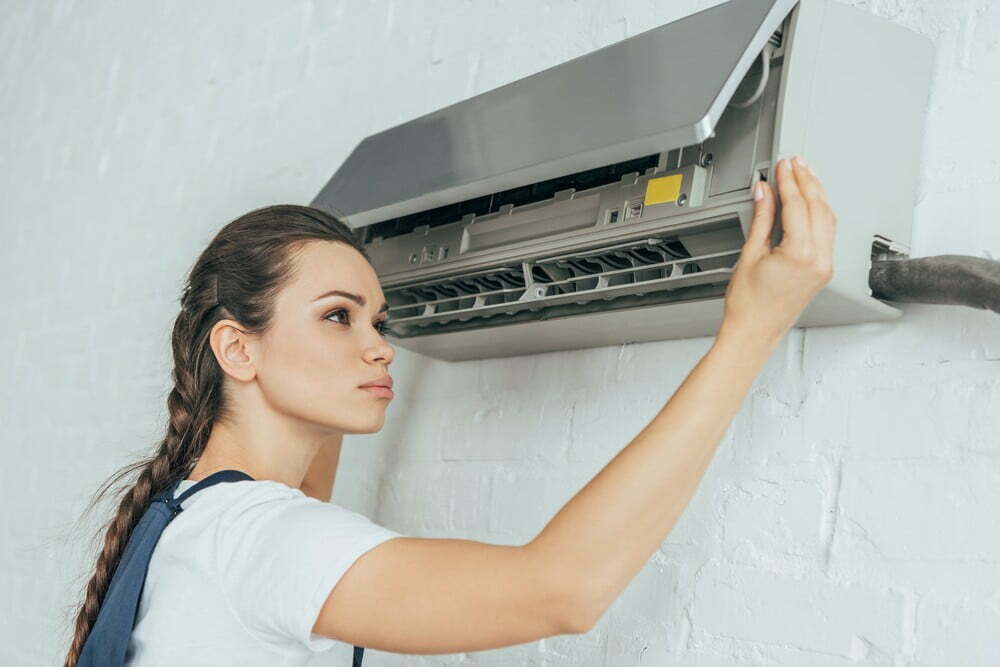
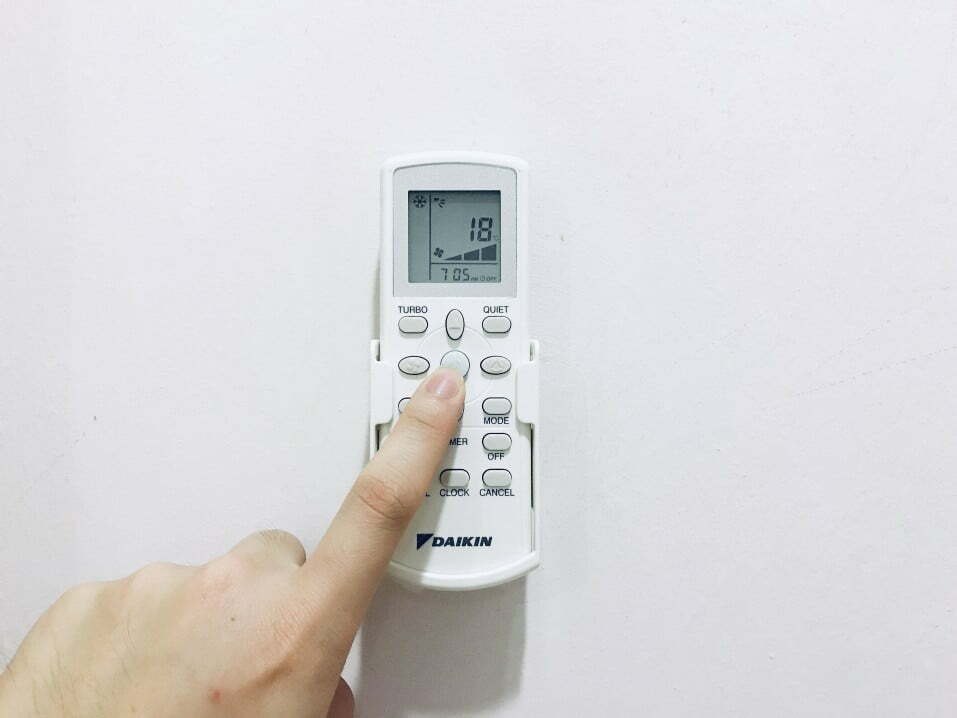
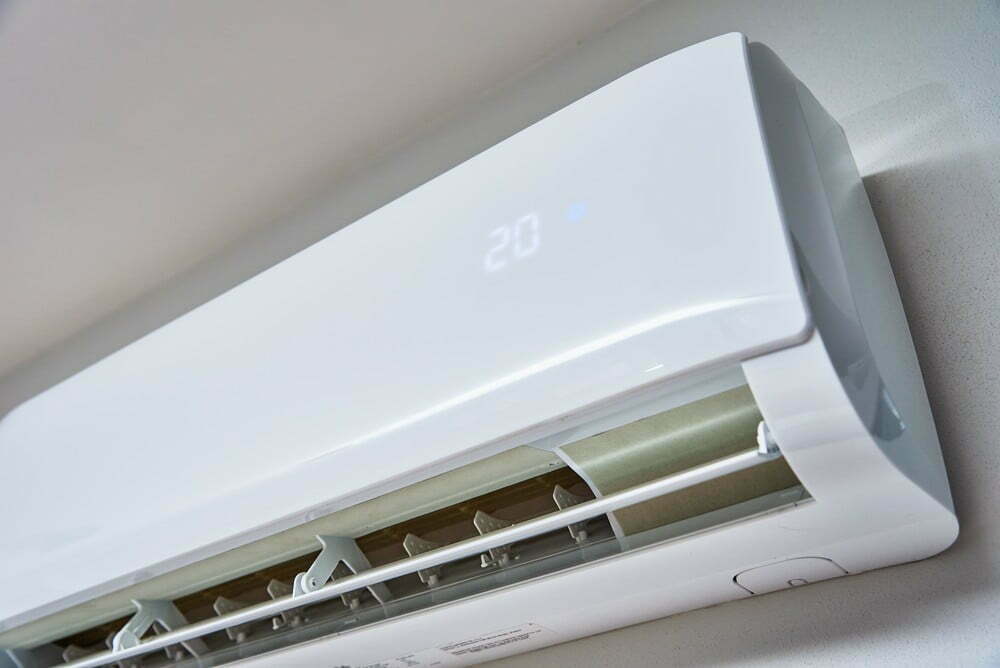
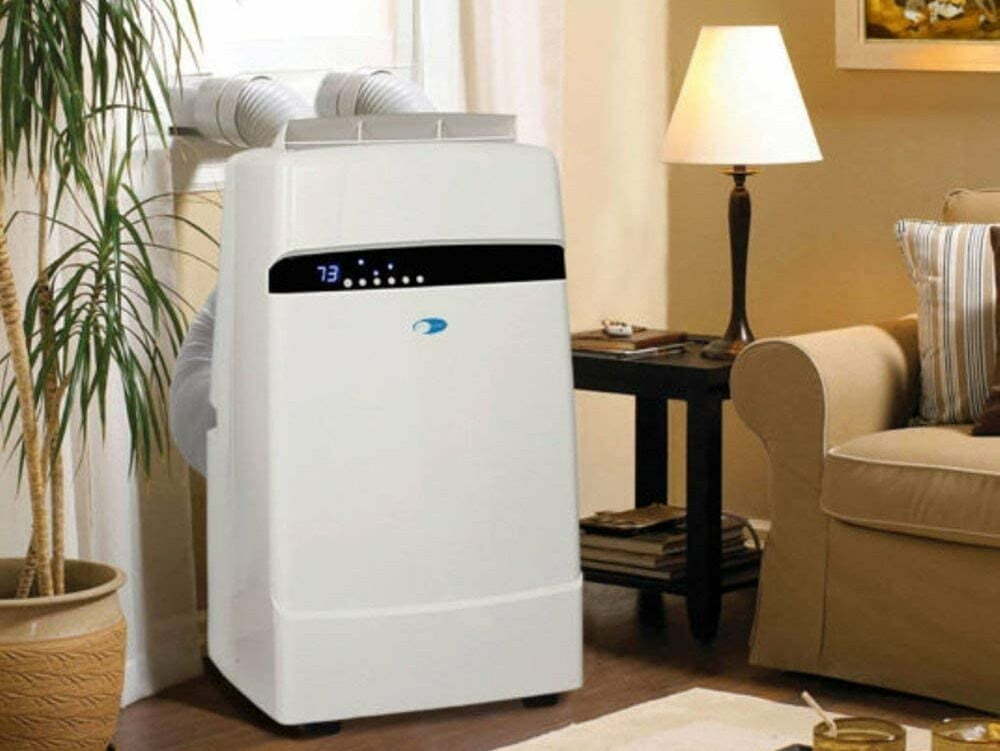
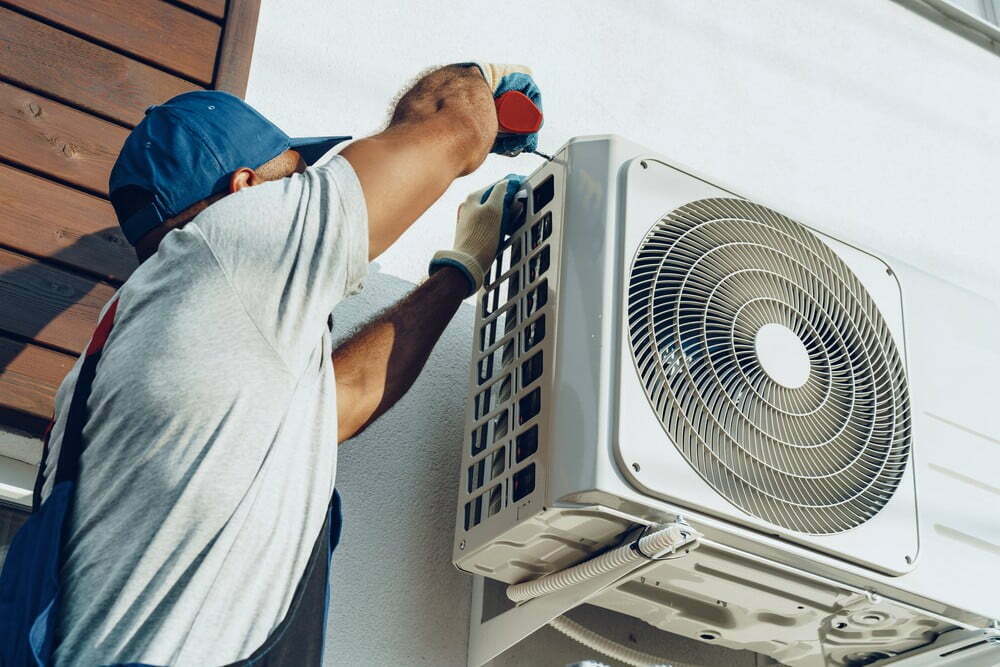
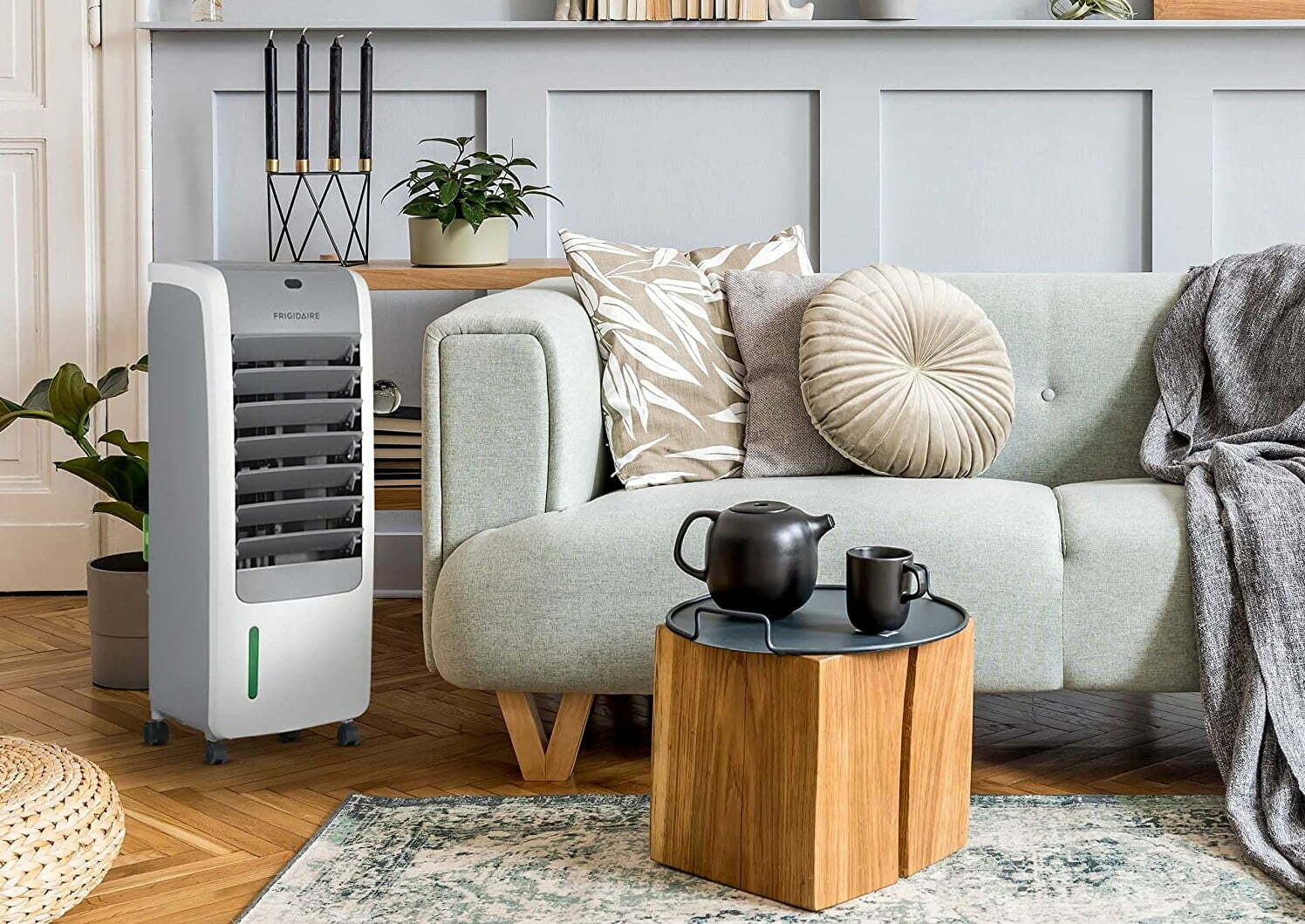
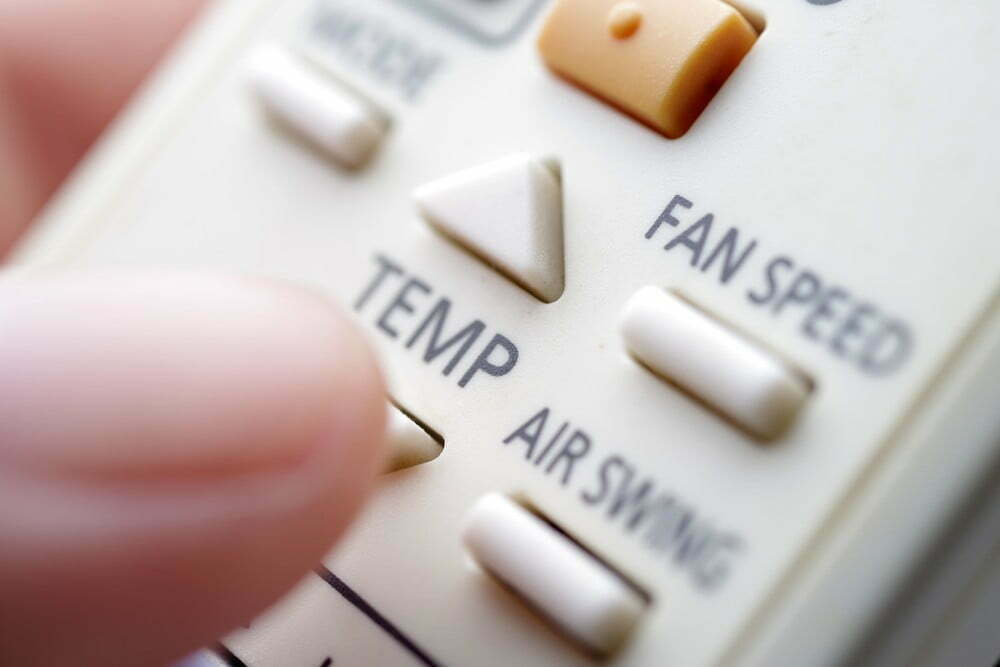
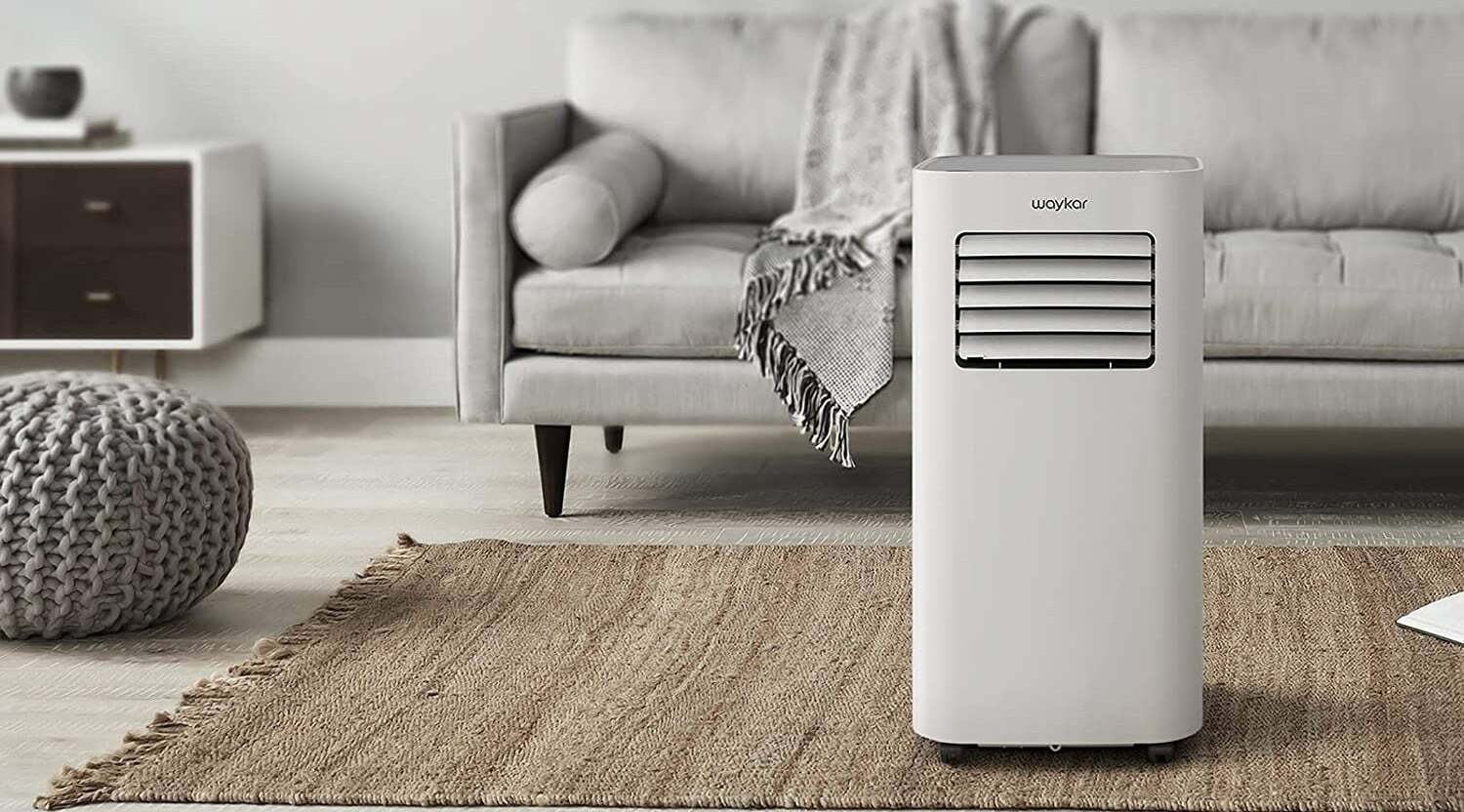
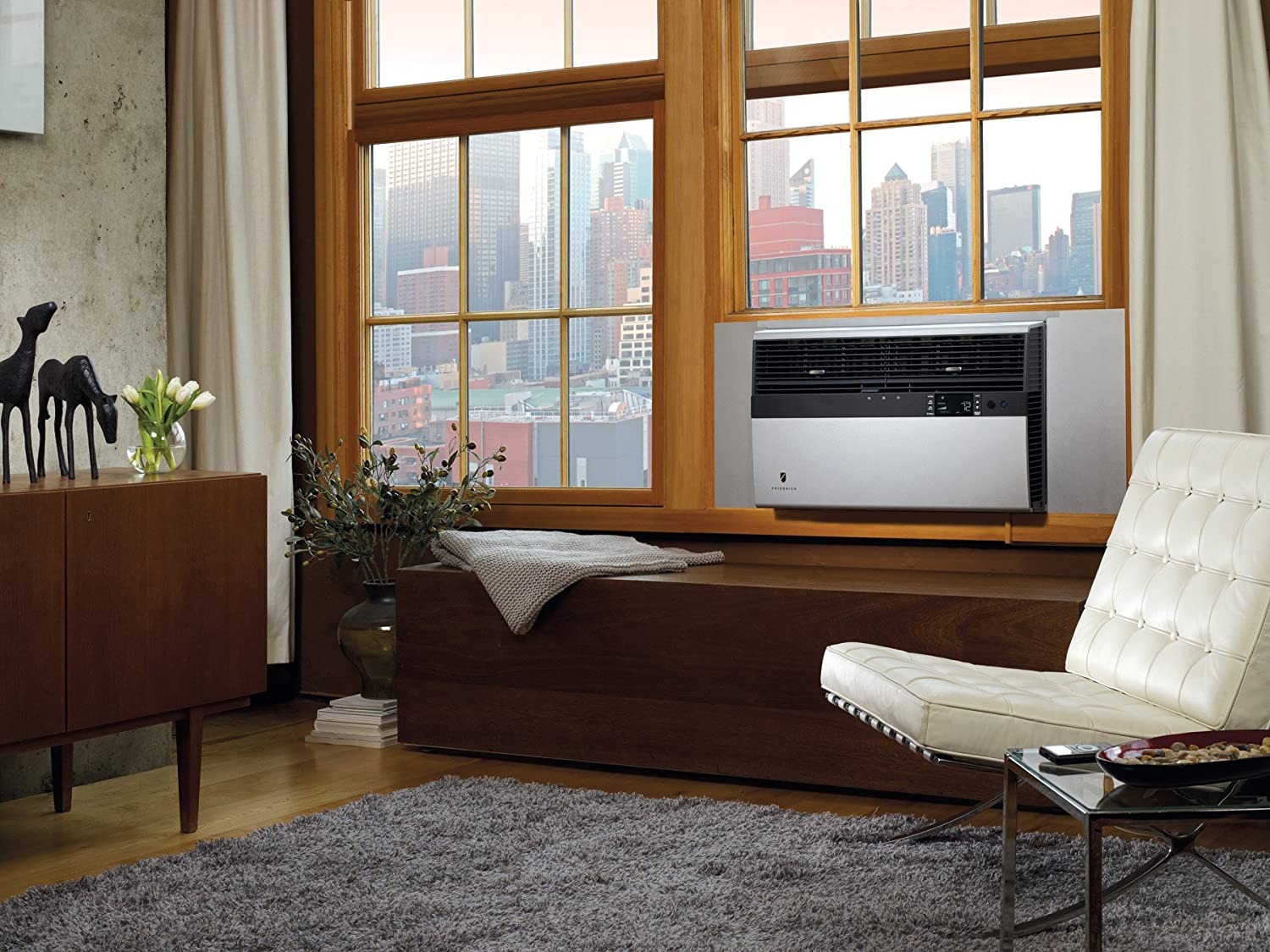

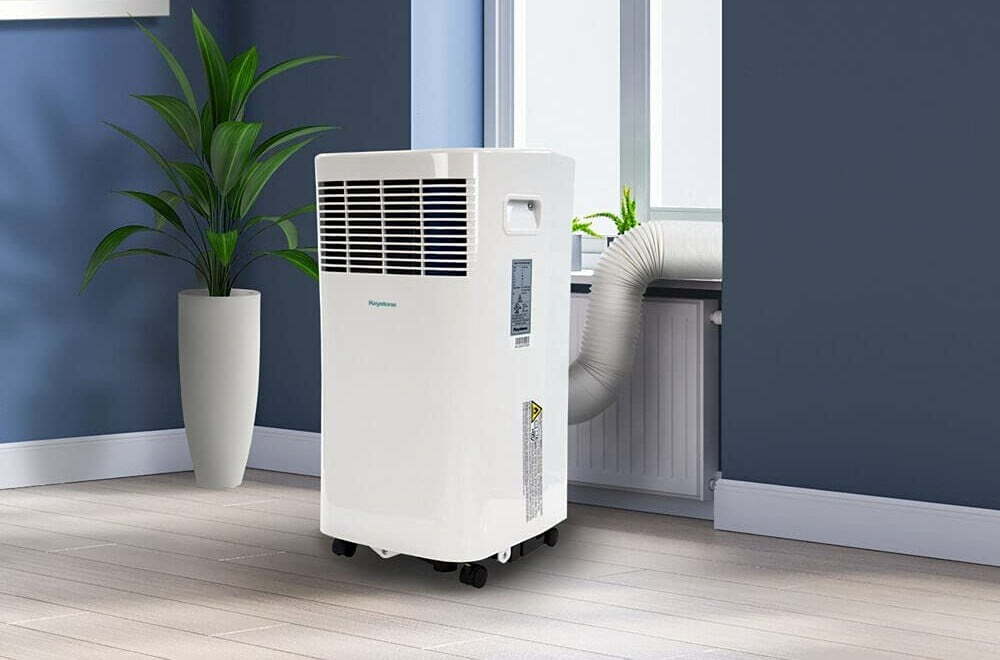
![Best Air Conditioners in [year] ([month] Reviews) 27 Best Air Conditioners in 2025 (December Reviews)](https://www.gadgetreview.dev/wp-content/uploads/best-air-conditioners-image.jpg)
![Quietest Through The Wall Air Conditioners in [year] 28 Quietest Through The Wall Air Conditioners in 2025](https://www.gadgetreview.dev/wp-content/uploads/quietest-through-the-wall-air-conditioner-image.jpg)
![Best 10000 BTU Air Conditioners in [year] 29 Best 10000 BTU Air Conditioners in 2025](https://www.gadgetreview.dev/wp-content/uploads/best-10000-btu-air-conditioner-image.jpg)
![Best 15000 BTU Air Conditioners in [year] 30 Best 15000 BTU Air Conditioners in 2025](https://www.gadgetreview.dev/wp-content/uploads/best-15000-btu-air-conditioner-image.jpg)
![Best 15000 BTU Window Air Conditioners in [year] 31 Best 15000 BTU Window Air Conditioners in 2025](https://www.gadgetreview.dev/wp-content/uploads/best-15000-btu-window-air-conditioner-image.jpg)
![Best 12000 BTU Air Conditioners in [year] 32 Best 12000 BTU Air Conditioners in 2025](https://www.gadgetreview.dev/wp-content/uploads/best-12000-btu-air-conditioner-image.jpg)
![Best Photocatalytic Oxidation Air Purifiers in [year] 33 Best Photocatalytic Oxidation Air Purifiers in 2025](https://www.gadgetreview.dev/wp-content/uploads/best-photocatalytic-oxidation-air-purifier-image.jpg)
![Best Ventless Portable Air Conditioners in [year] 34 Best Ventless Portable Air Conditioners in 2025](https://www.gadgetreview.dev/wp-content/uploads/best-ventless-portable-air-conditioner-image.jpg)
![Best Window Air Conditioners with Heat in [year] 35 Best Window Air Conditioners with Heat in 2025](https://www.gadgetreview.dev/wp-content/uploads/best-window-air-conditioner-with-heat-image.jpg)
![Best Inverter Air Conditioners in [year] 36 Best Inverter Air Conditioners in 2025](https://www.gadgetreview.dev/wp-content/uploads/best-inverter-ac-image.jpg)
![Best HEPA Air Purifiers in [year] 37 Best HEPA Air Purifiers in 2025](https://www.gadgetreview.dev/wp-content/uploads/best-hepa-air-purifier-image.jpg)
![Best Quiet Window Air Conditioners in [year] 38 Best Quiet Window Air Conditioners in 2025](https://www.gadgetreview.dev/wp-content/uploads/quiet-window-air-conditioner-image.jpg)
![Best Energy Efficient Window Air Conditioners in [year] 39 Best Energy Efficient Window Air Conditioners in 2025](https://www.gadgetreview.dev/wp-content/uploads/best-energy-efficient-window-air-conditioner-image.jpg)
![Best Quiet Portable Air Conditioners in [year] 40 Best Quiet Portable Air Conditioners in 2025](https://www.gadgetreview.dev/wp-content/uploads/quiet-portable-air-conditioner-image.jpg)
![Best 6000 BTU Air Conditioners in [year] 41 Best 6000 BTU Air Conditioners in 2025](https://www.gadgetreview.dev/wp-content/uploads/best-6000-btu-air-conditioner-image.jpg)
![Best 8000 BTU Air Conditioners in [year] 42 Best 8000 BTU Air Conditioners in 2025](https://www.gadgetreview.dev/wp-content/uploads/best-8000-btu-air-conditioner-image.jpg)
![Best Small Window Air Conditioner in [year] 43 Best Small Window Air Conditioner in 2025](https://www.gadgetreview.dev/wp-content/uploads/best-small-window-air-conditioner-image.jpg)
![Best 5000 BTU Air Conditioners in [year] 44 Best 5000 BTU Air Conditioners in 2025](https://www.gadgetreview.dev/wp-content/uploads/best-5000-btu-air-conditioner.jpg)
![Best Mini Split in [year] 45 Best Mini Split in 2025](https://www.gadgetreview.dev/wp-content/uploads/best-ductless-mini-split-air-conditioner-image.jpg)
![10 Best Portable Air Conditioners and Heaters in [year] 46 10 Best Portable Air Conditioners and Heaters in 2025](https://www.gadgetreview.dev/wp-content/uploads/best-portable-air-conditioner-and-heater-image.jpg)
